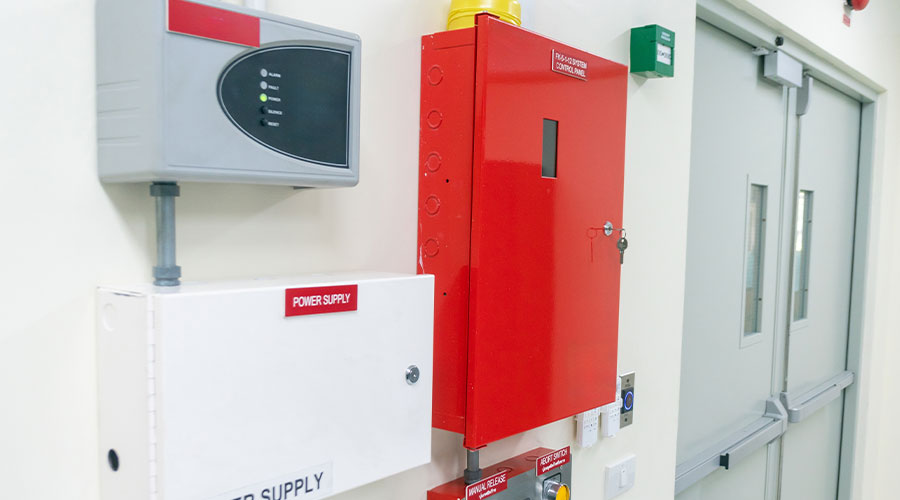Combined Heat and Power: Cogeneration Saves University Money
Maintenance and engineering managers at Fairfield University always knew their campus had the necessary infrastructure to accommodate combined heat and power (CHP). But before managers and university officials could embark on a project that would drastically change the way power is delivered to facilities, they needed incentive.
"The university had looked at putting in cogeneration in the past," says Bill Romatzick, the university's manager of energy controls & plant systems. "But utility bills and fossil-fuel prices were so low that there were no incentives that made sense."
That changed in 2005, when the Fairfield, Conn., university initiated plans to install the CHP system and build a 10,000-square-foot facility to house the technology.
"We saw deregulation coming through with the utility companies, and our deals with the local utility company were going to drive our electrical costs up around $0.24 a kilowatt," Romatzick says. "The state of Connecticut was very proactive in trying to reduce the load on the grid in the southwestern corner of the state. We actually received a $500-a-kilowatt grant for the installation of the plant. We picked up $2.3 million from the utility companies in the state on about a $9.5 million project."
The project would have cost at least double had it not been for the infrastructure in place at the 2-million-square-foot campus.
"We had an underground distribution system for electricity and for high-temperature hot water," Romatzick says. "It was just a matter of tying it in, which reduced the initial installation costs drastically."
Related Topics:















